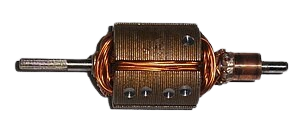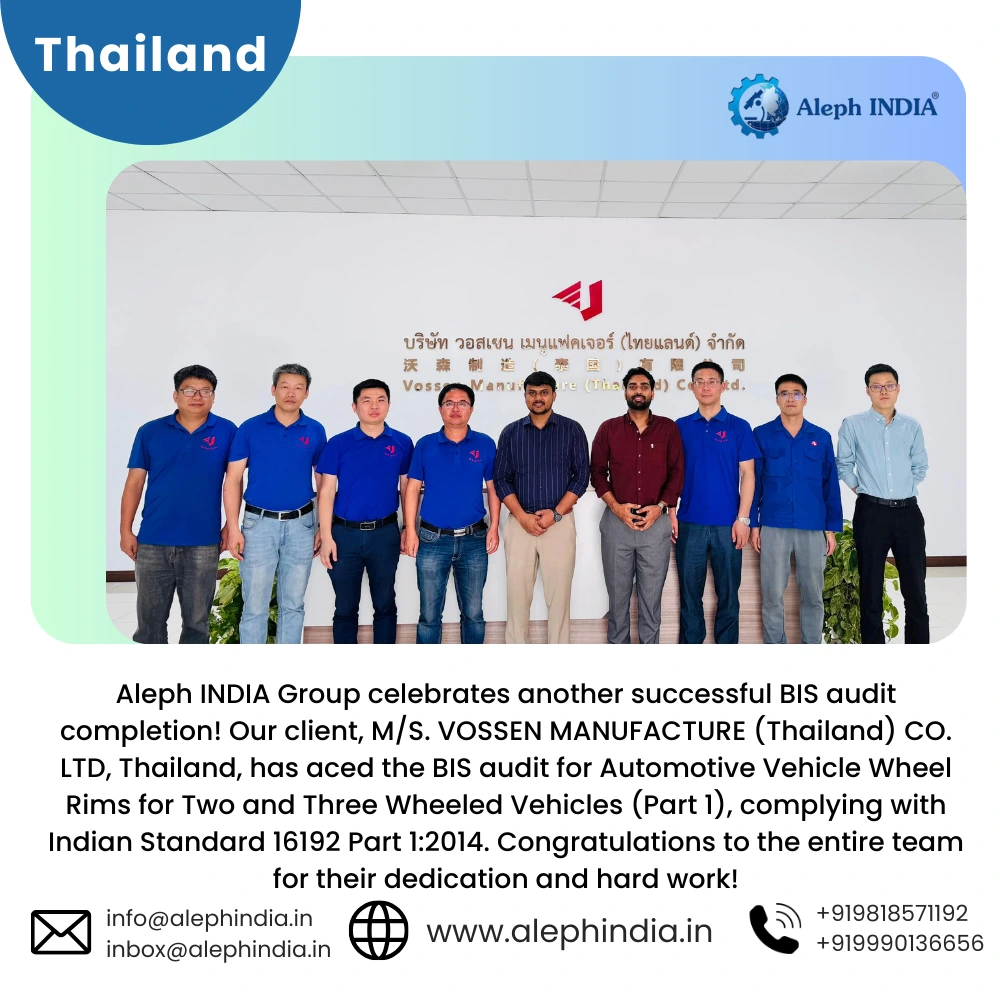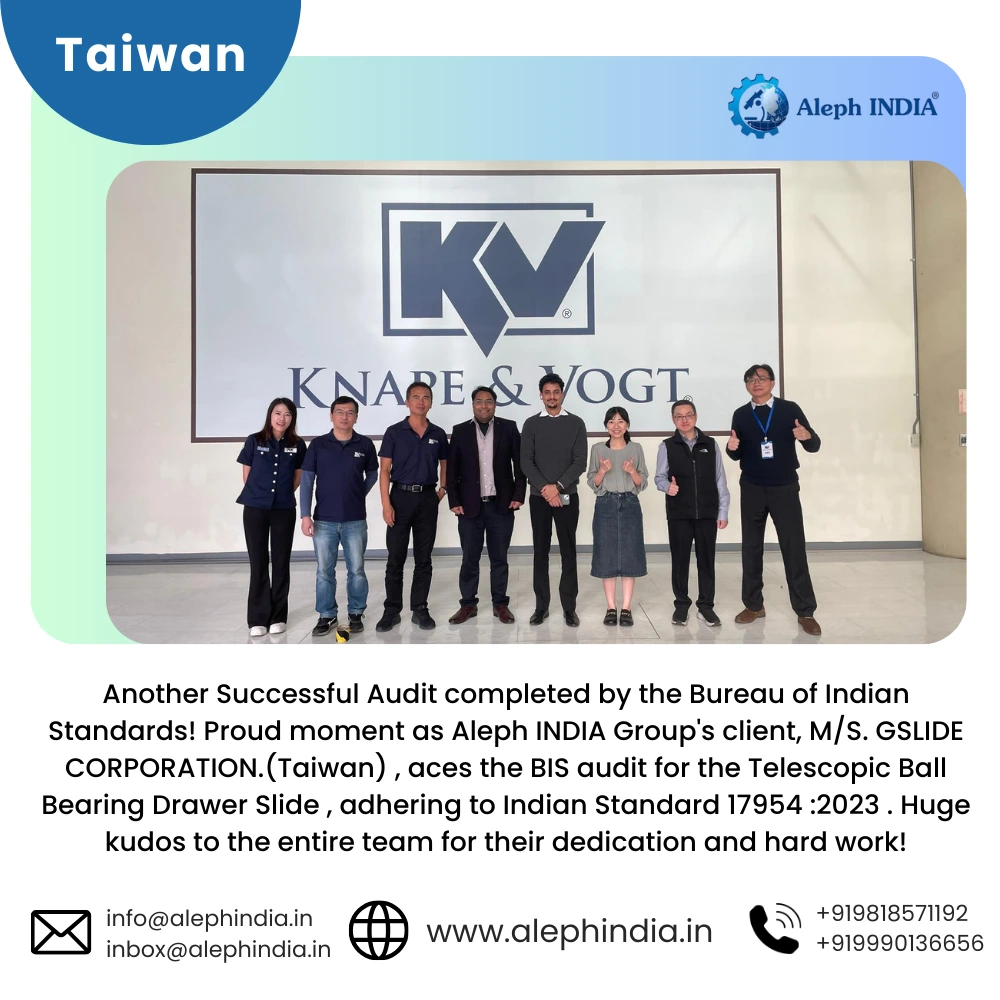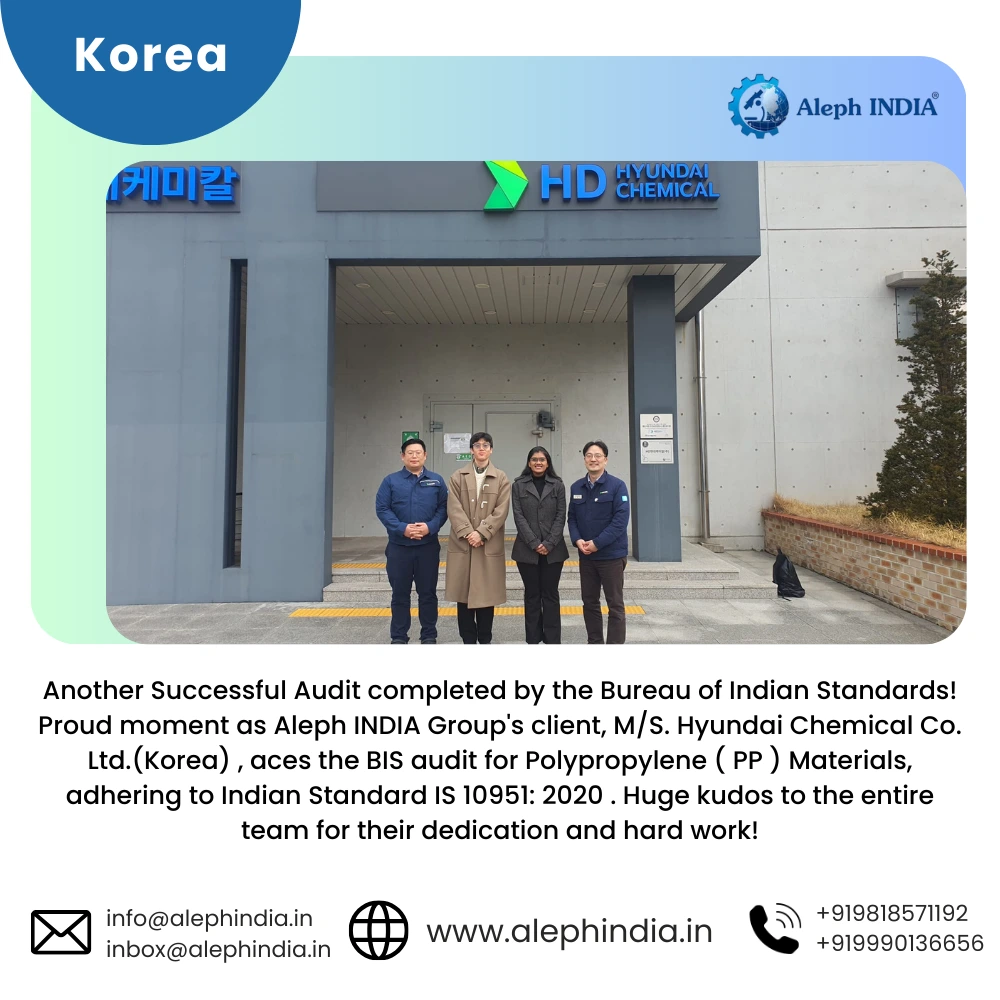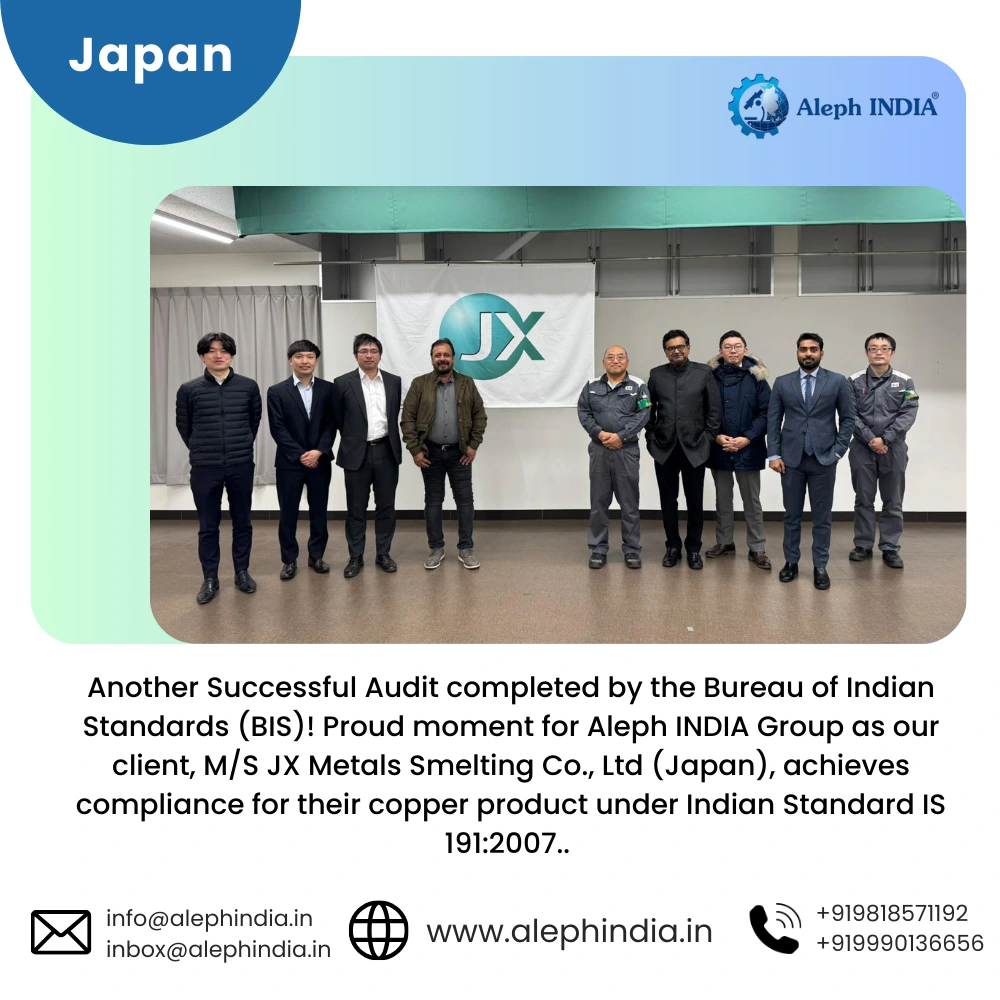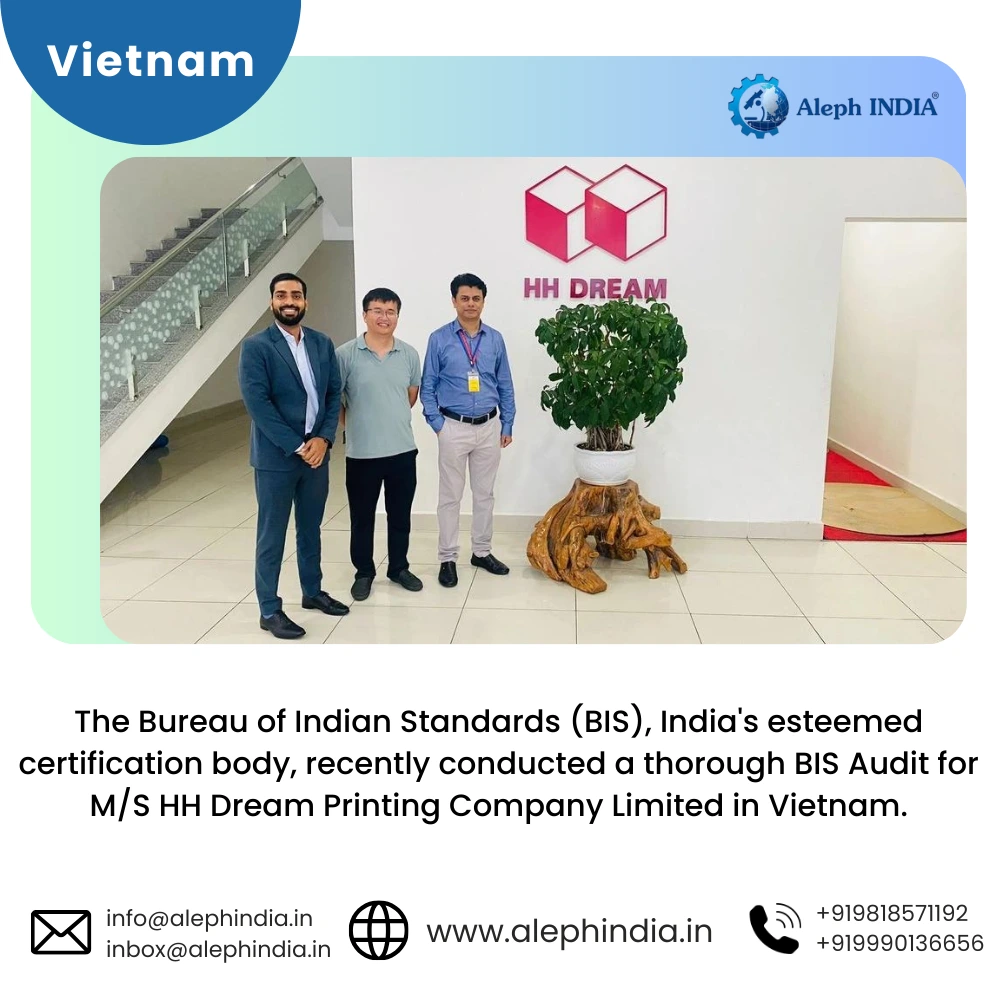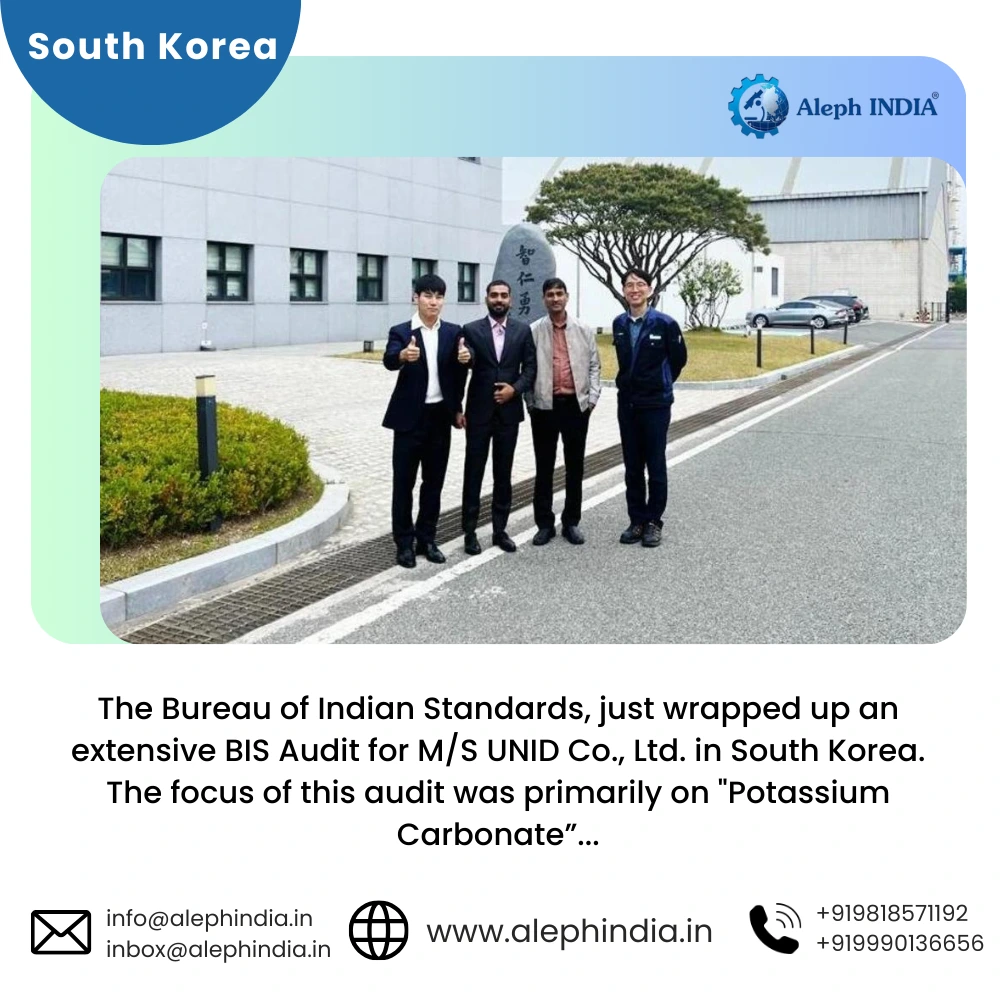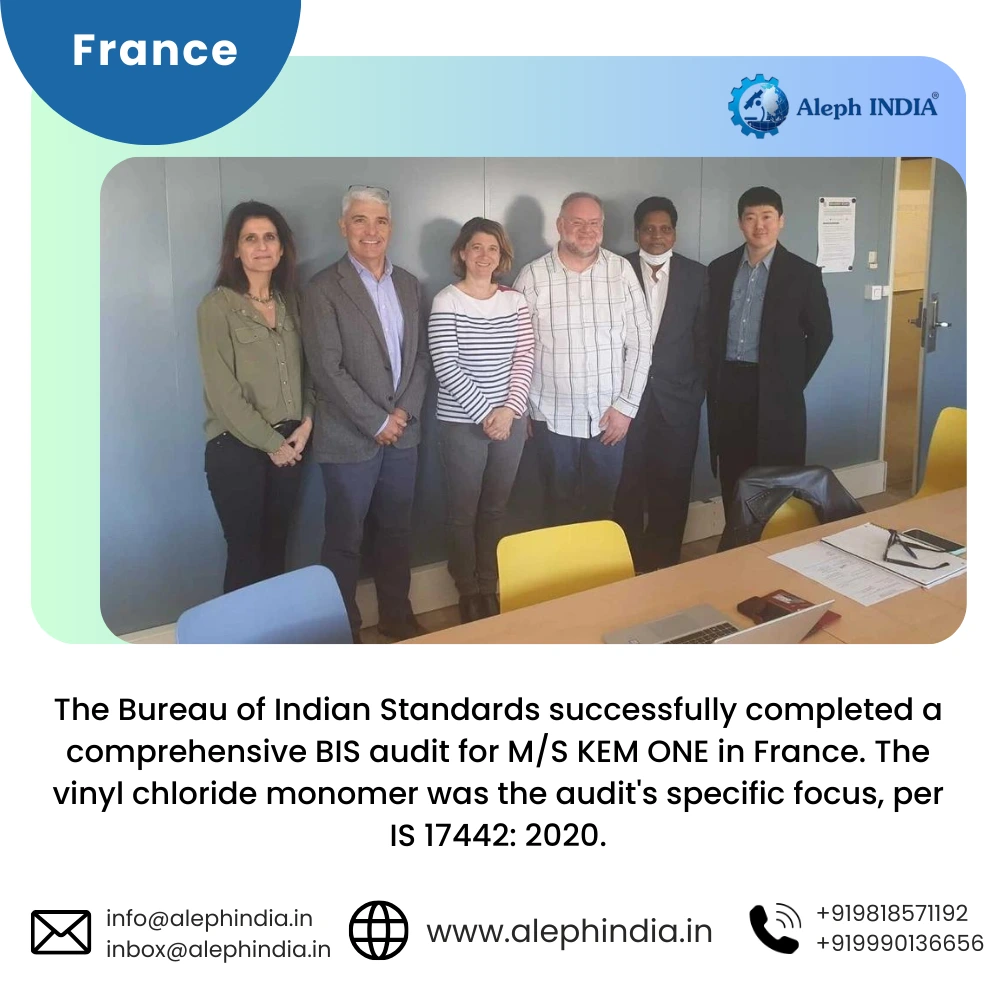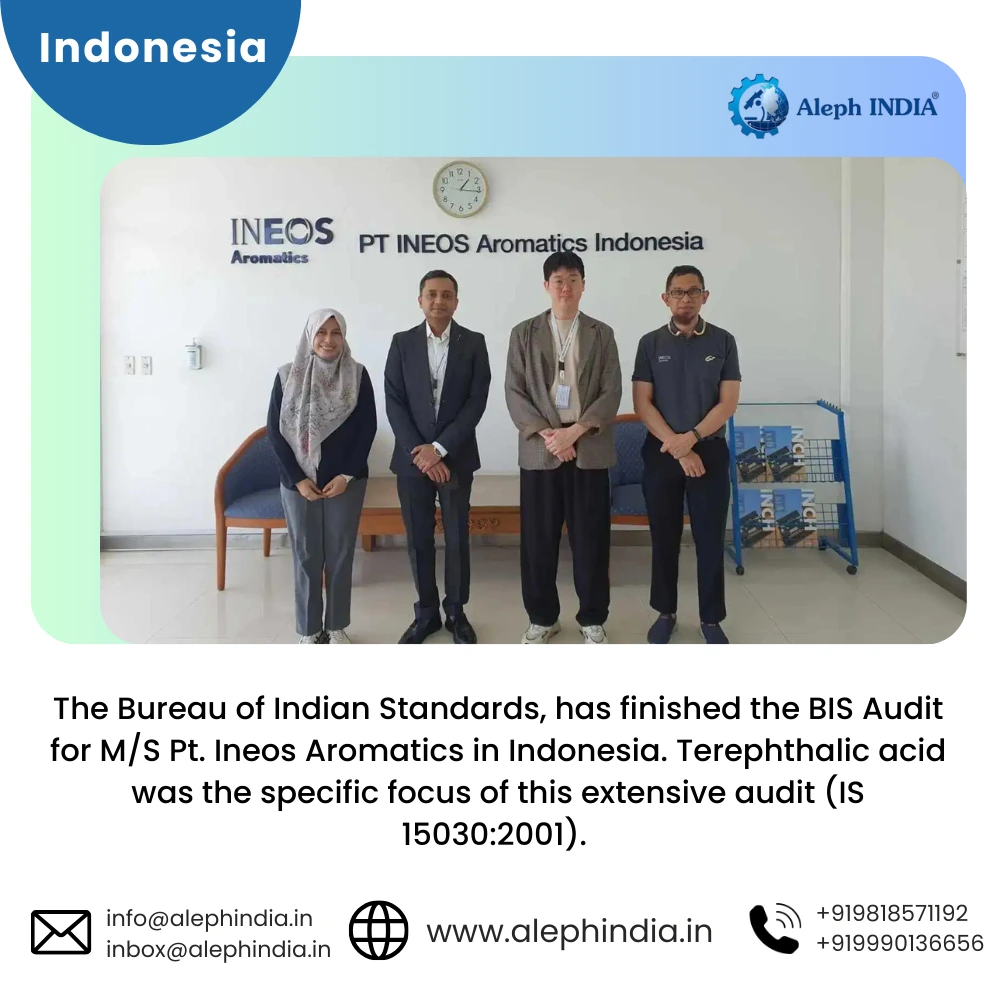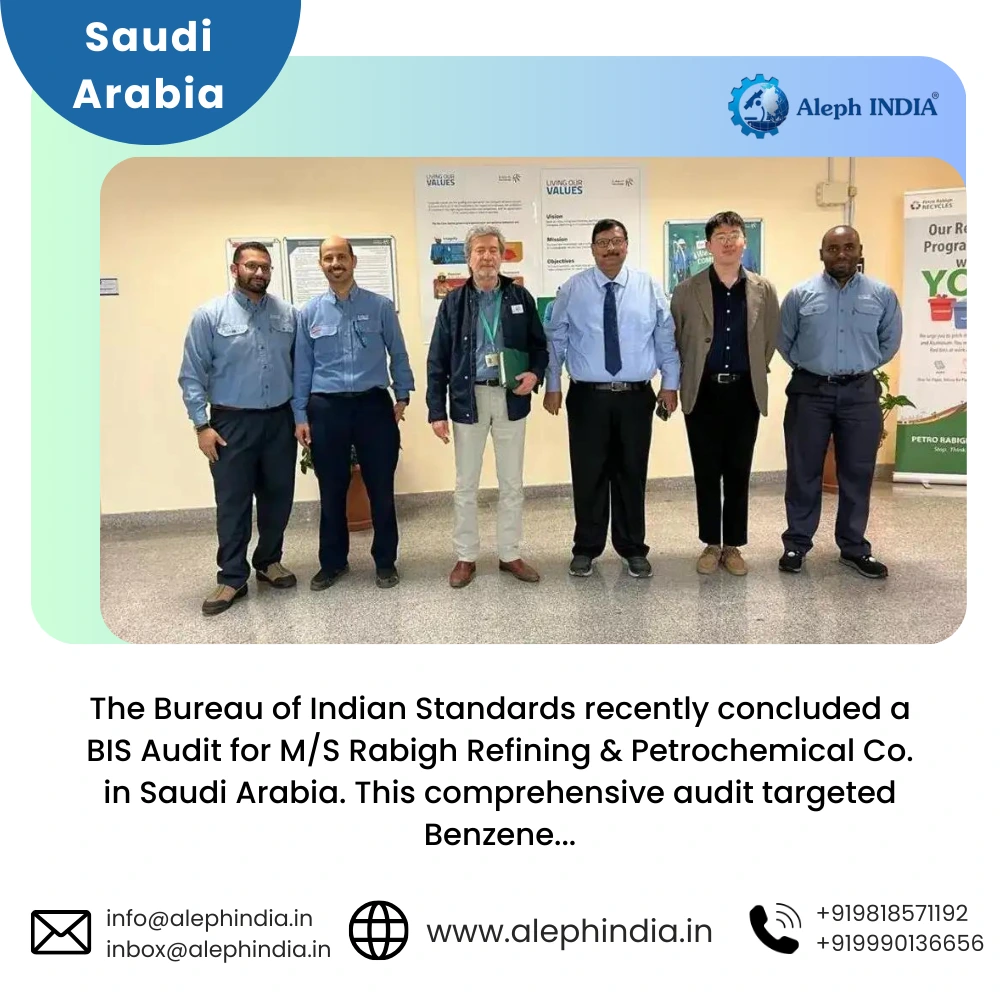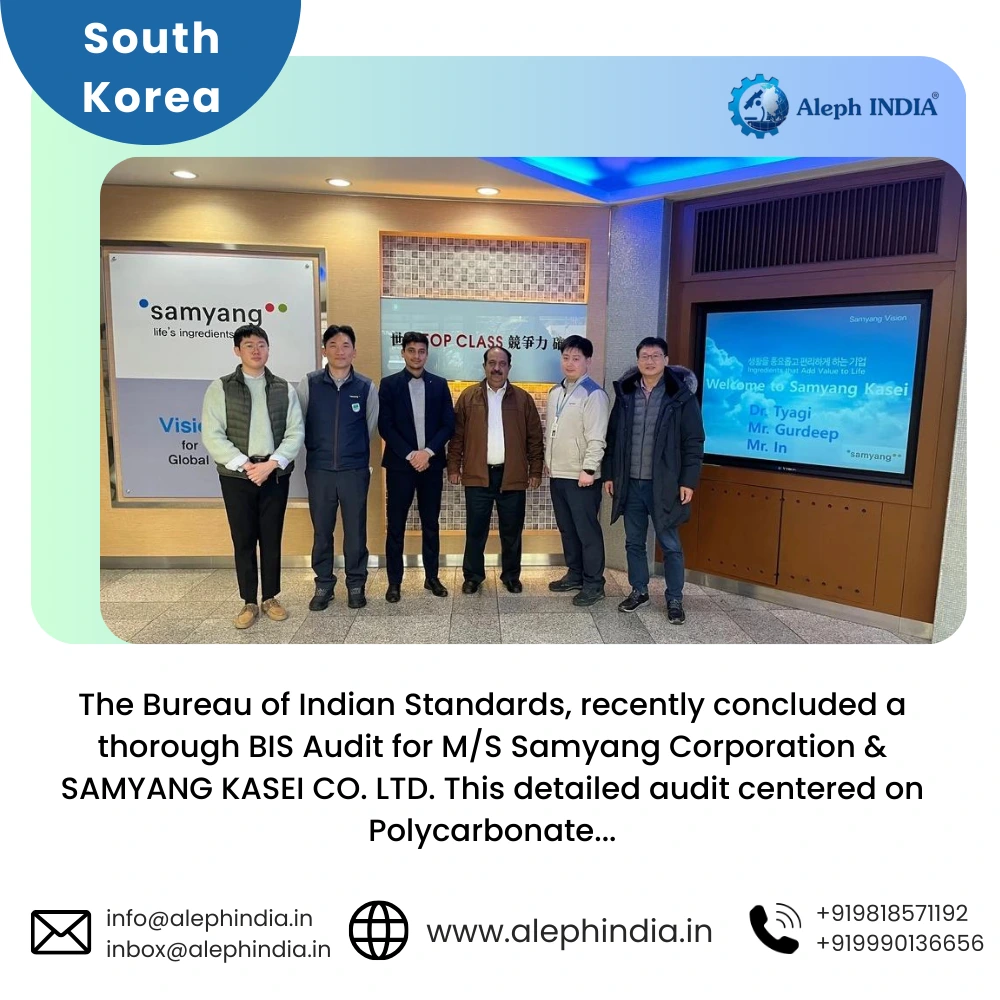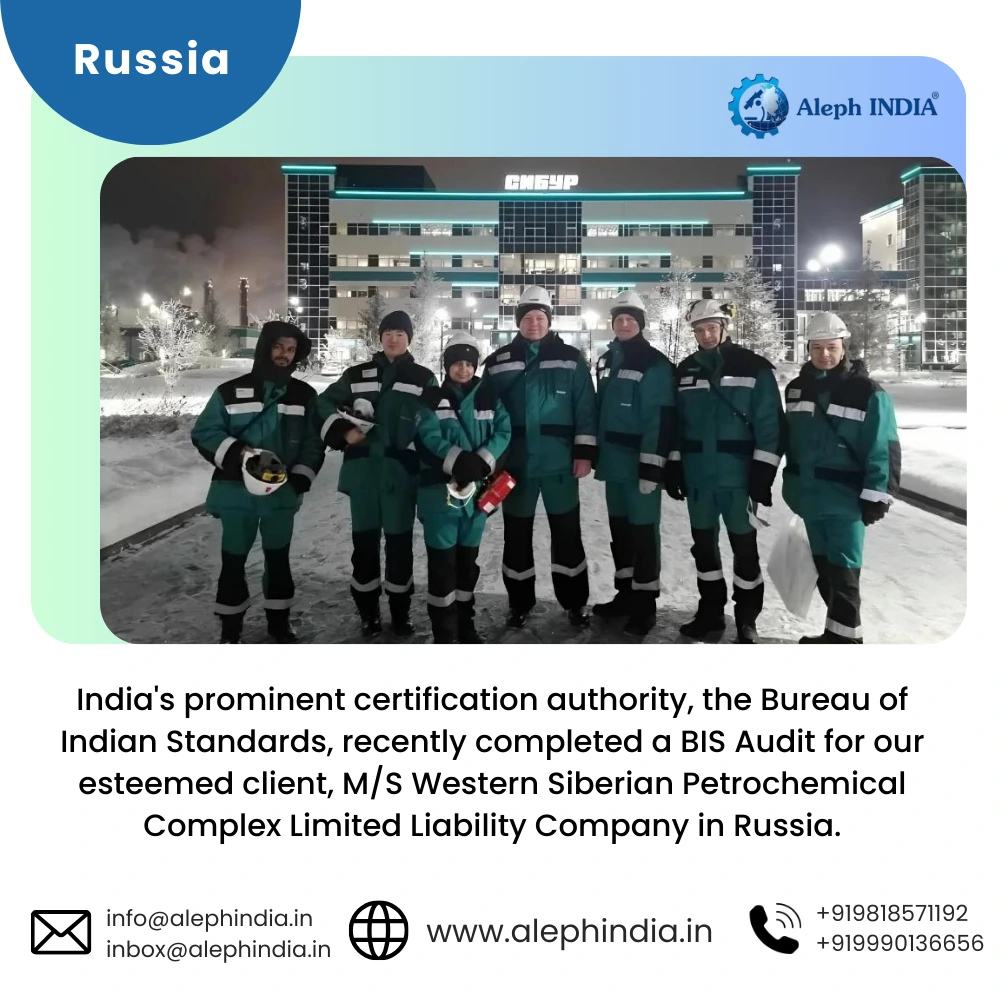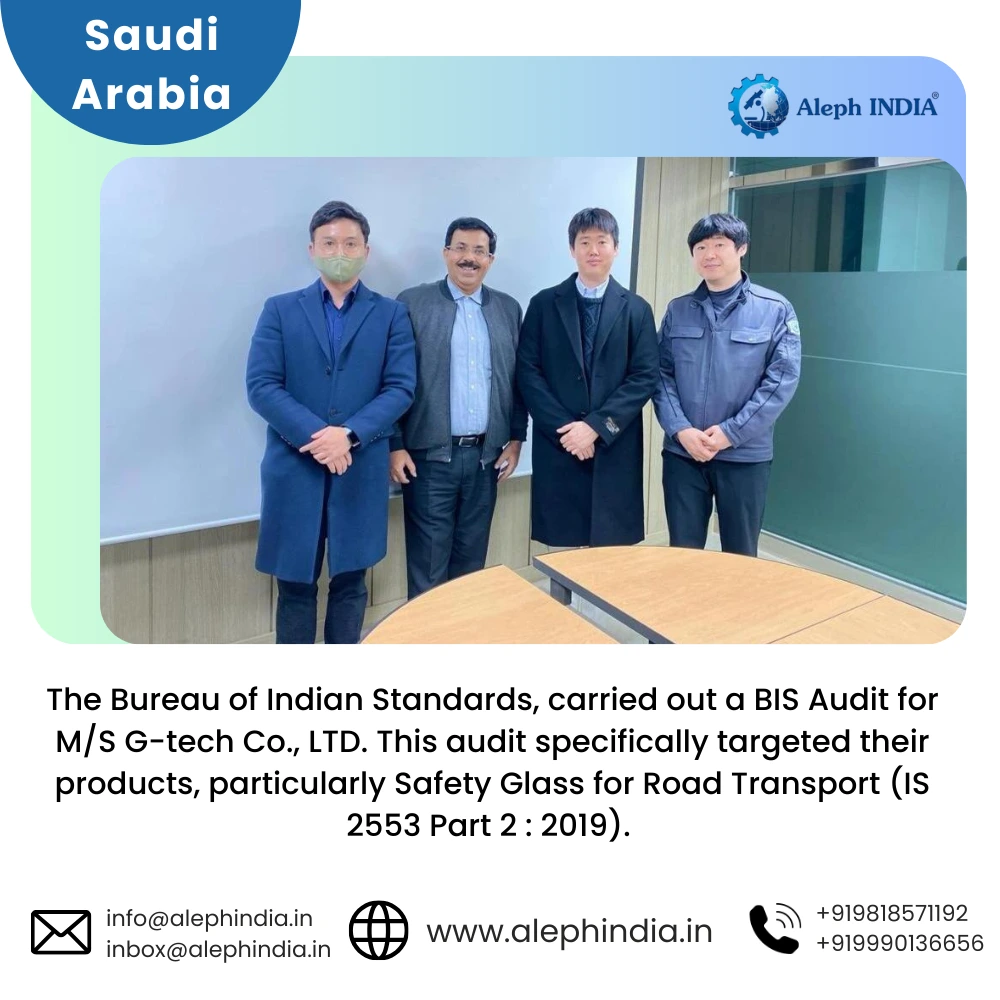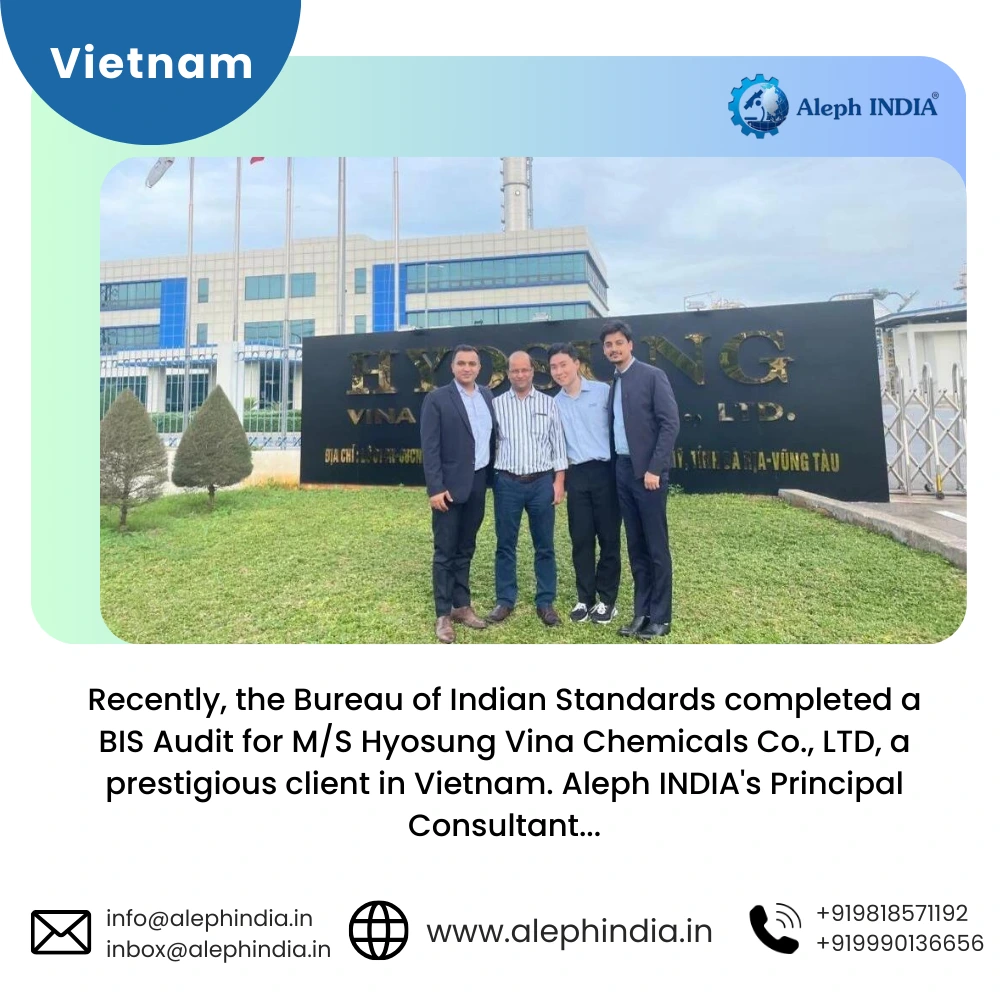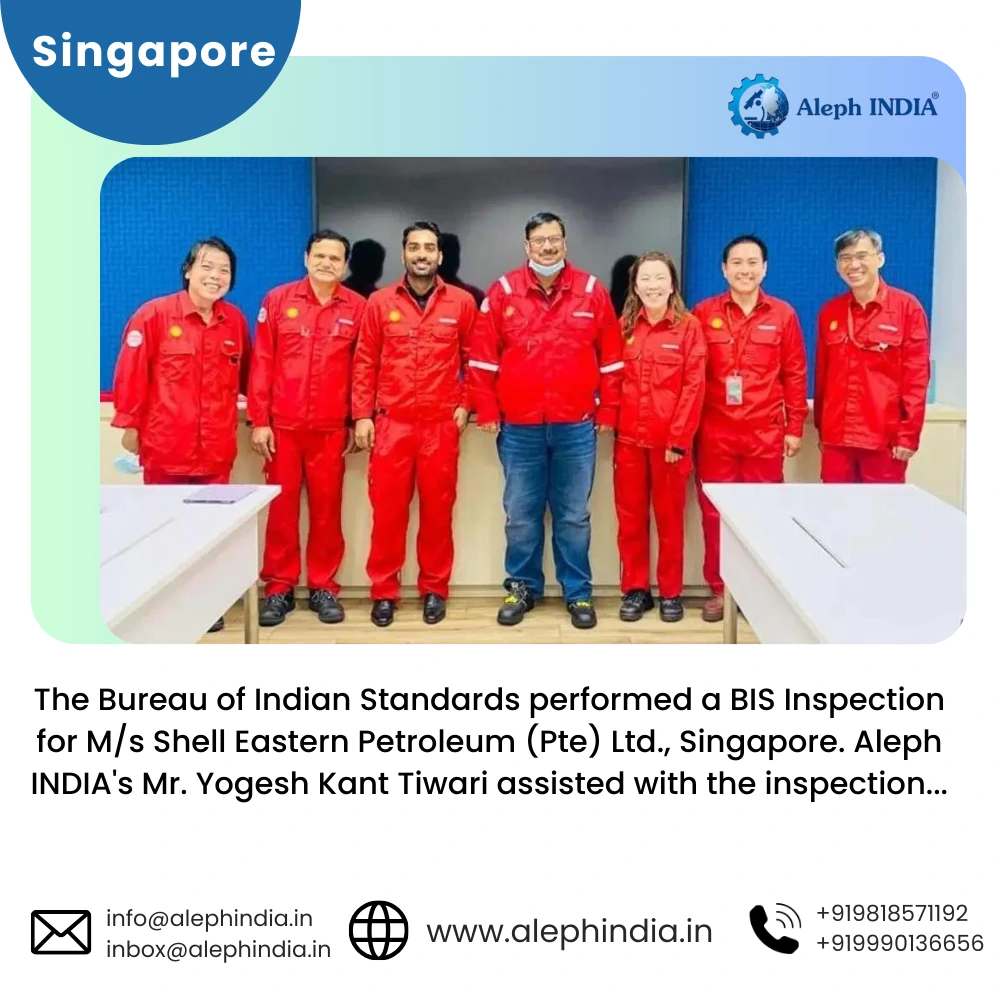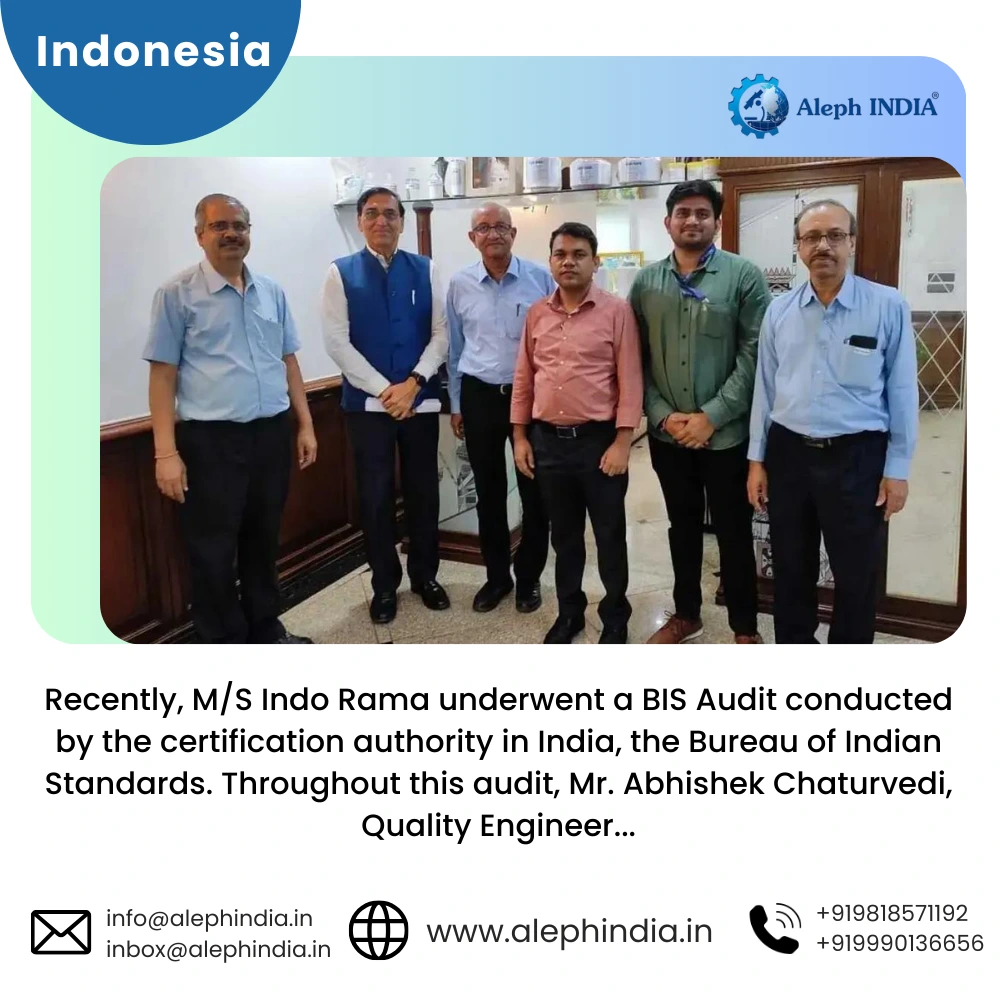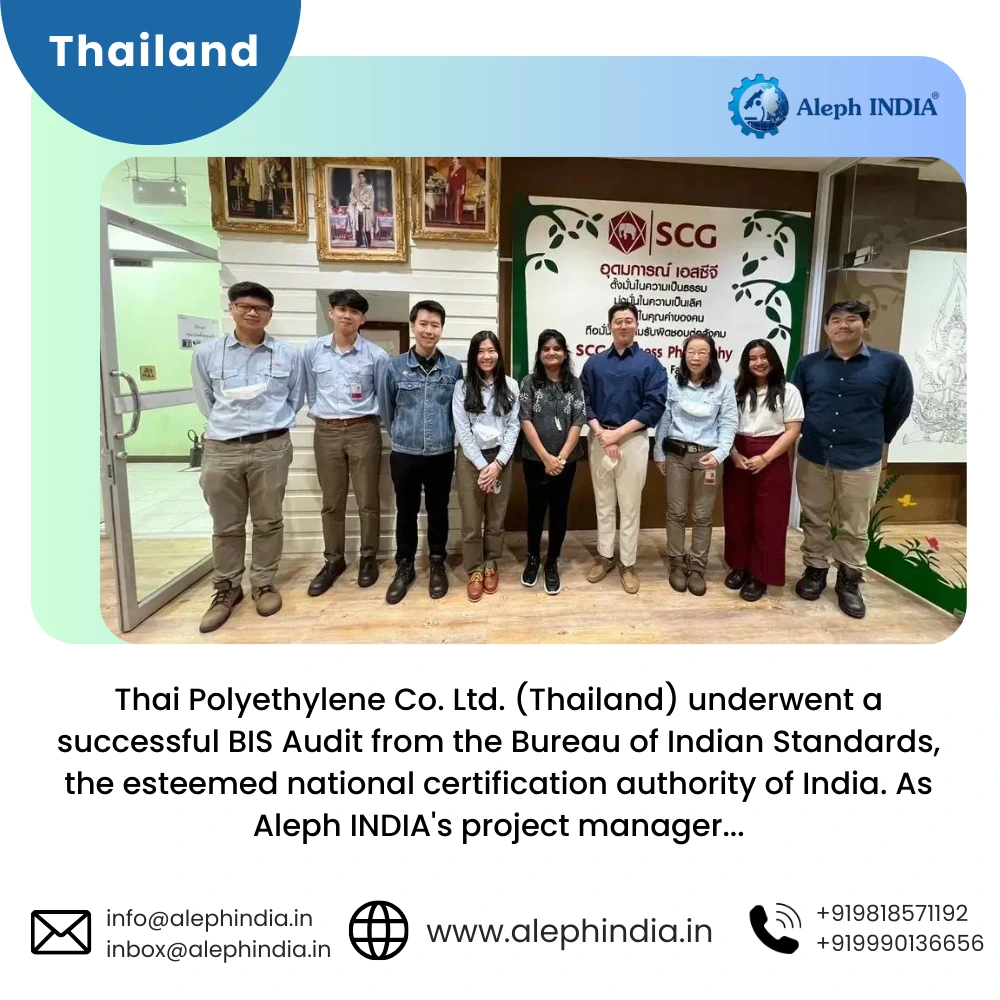BIS Certification for Tinned Steel Wire For Banding of Armatures And Rotors Part 3 Specific Requirements For Non-magnetic Banding Wires IS 8510 (part 3): 1977
Tinned steel wire for banding of armatures and rotors, specifically non-magnetic banding wires, is used to provide structural support and secure the windings in electric motors and generators. These wires are coated with a thin layer of tin to enhance corrosion resistance and ensure long-lasting durability. Non-magnetic banding wires are particularly important in applications where magnetic interference needs to be minimized to maintain optimal performance of the electrical machinery. By tightly binding the armature and rotor windings, tinned steel wire prevents displacement and damage caused by mechanical stresses, vibrations, and centrifugal forces, ensuring reliable and efficient operation in various industrial and commercial electric equipment.
Importance of BIS Certification
BIS certification for tinned steel wire used for banding of armatures and rotors, particularly non-magnetic banding wires, is crucial to ensure these materials meet the rigorous quality and performance standards set by the Bureau of Indian Standards (BIS). This certification verifies that the wire possesses the necessary mechanical properties, such as tensile strength, flexibility, and corrosion resistance, which are essential for the effective reinforcement and reliable operation of armatures and rotors. Adherence to BIS standards guarantees product consistency, reliability, and safety, preventing potential failures that could lead to operational disruptions or damage to electrical machinery. BIS certification also fosters consumer confidence, supports regulatory compliance, and promotes industry best practices, ensuring that non-magnetic banding wires meet the highest quality benchmarks necessary for demanding electrical applications.
Indian Standard IS 8510 (Part 3): 1977
As per the latest Quality Control Order (QCO) issued by the Ministry of Steel, Government of India on 5th February 2024, tinned steel wire for banding of armatures and rotors, specifically non-magnetic banding wires, must adhere to the Indian Standard IS 8510 (Part 3): 1977. This standard outlines the essential requirements for the mechanical properties, such as tensile strength, flexibility, and corrosion resistance, of tinned steel wire used in these applications. Compliance with IS 8510 (Part 3): 1977 ensures that the wire maintains the necessary characteristics to effectively reinforce and stabilize armatures and rotors without interfering with their magnetic properties. Adhering to this standard is crucial for manufacturers to guarantee the reliability, safety, and efficiency of electrical machinery across various industrial applications in India.
Key highlights
| Product Name | Tinned Steel Wire For Banding of Armatures And Rotors Part 3 Specific Requirements For Non-magnetic Banding Wires |
| Applicable Indian Standard | IS 8510 (Part 3): 1977 |
| Applicable Certification Scheme | Product Certification Scheme (ISI Mark Scheme) Scheme 1 - Schedule 2 |
| Compliance Requirement | Mandatory |
| QCO Link | Tinned Steel Wire For Banding of Armatures And Rotors Part 3 Specific Requirements For Non-magnetic Banding Wires |
| Scope as per Standard |
This standard (Part III) lays down the requirements for chemical composition and mechanical properties for non-magnetic banding wires. |
Tests
The following are the major tests for Tinned Steel Wire For Banding Of Armatures And Rotors Part III Specific Requirements for non-magnetic banding wires.
- General requirements
- Ladle analysis
- Product analysis
- Tensile Test
- Proof Stress
- Wrapping Test
- Surface coating

NOTE:
For Detailed Information about the Procedure for BIS ISI Certification, Visit :
Timeline for BIS Certification
The approximate timeline to obtain BIS certification for Tinned Steel Wire For Banding of Armatures And Rotors Part 3 Specific Requirements For Non-magnetic Banding Wires to use the ISI mark as per IS 8510 (part 3): 1977 is as follows:
- For Indian Manufacturers (Standard Timeframe – 30 days)
- For Foreign Manufacturers (Standard Timeframe – 180 days)
Conclusion:
In conclusion, BIS certification for tinned steel wire used for banding of armatures and rotors, particularly non-magnetic banding wires, ensures adherence to the stringent quality standards set by the Bureau of Indian Standards. Compliance with IS 8510 (Part III): 1977 guarantees that the wire possesses essential mechanical properties, such as tensile strength, flexibility, and corrosion resistance, necessary for reliable performance in electrical machinery. This certification supports product consistency, safety, and efficiency, fostering consumer confidence and regulatory compliance. By adhering to these standards, manufacturers can ensure the highest quality and reliability for demanding industrial and commercial electrical applications.
For more updates and detailed procedures, stay connected with Aleph INDIA and ensure your products are always compliant and top-quality.
International Audits & Participation
Testimonials
BIS REGISTRATION FOR ELECTRONIC & IT PRODUCT
In the era of globalization, world trade is growing rapidly and henceforth, Manufacturing and Import/Export businesses are also growing drastically...View More
BIS CERTIFICATE FOR FOREIGN MANUFACTURER
The Economy of India-the fastest developing economy on the globe with the capabilities that help it matches up with the biggest international...View More
PRODUCT CERTIFICATION SCHEME (ISI MARK) FOR DOMESTIC MANUFACTURERS
Anything a person buys from food to cars, clothes to electronics, branded to unnamed products there is always a question that wanders in one’s...View More
WIRELESS PLANNING AND COORDINATION (WPC)
WPC: Wireless means communication done from one point to another point without the wires and cables. Electromagnetic waves carry the ...View More
BUREAU OF ENERGY EFFICIENCY (BEE) CERTIFICATE
BEE CERTIFICATE: Energy is the future, and its conservation is the way of the bright future. Everyone claims the environment is important...View More
E-WASTE MANAGEMENT
E-waste is one of the world's fastest-growing trash streams. We currently manufacture almost 50 million tones of it each year...View More
View All Services
Request a call back.
Would you like to speak to one of our Senior Technical advisers over the phone? Just submit your details and we’ll be in touch shortly. You can also email us if you would prefer.


